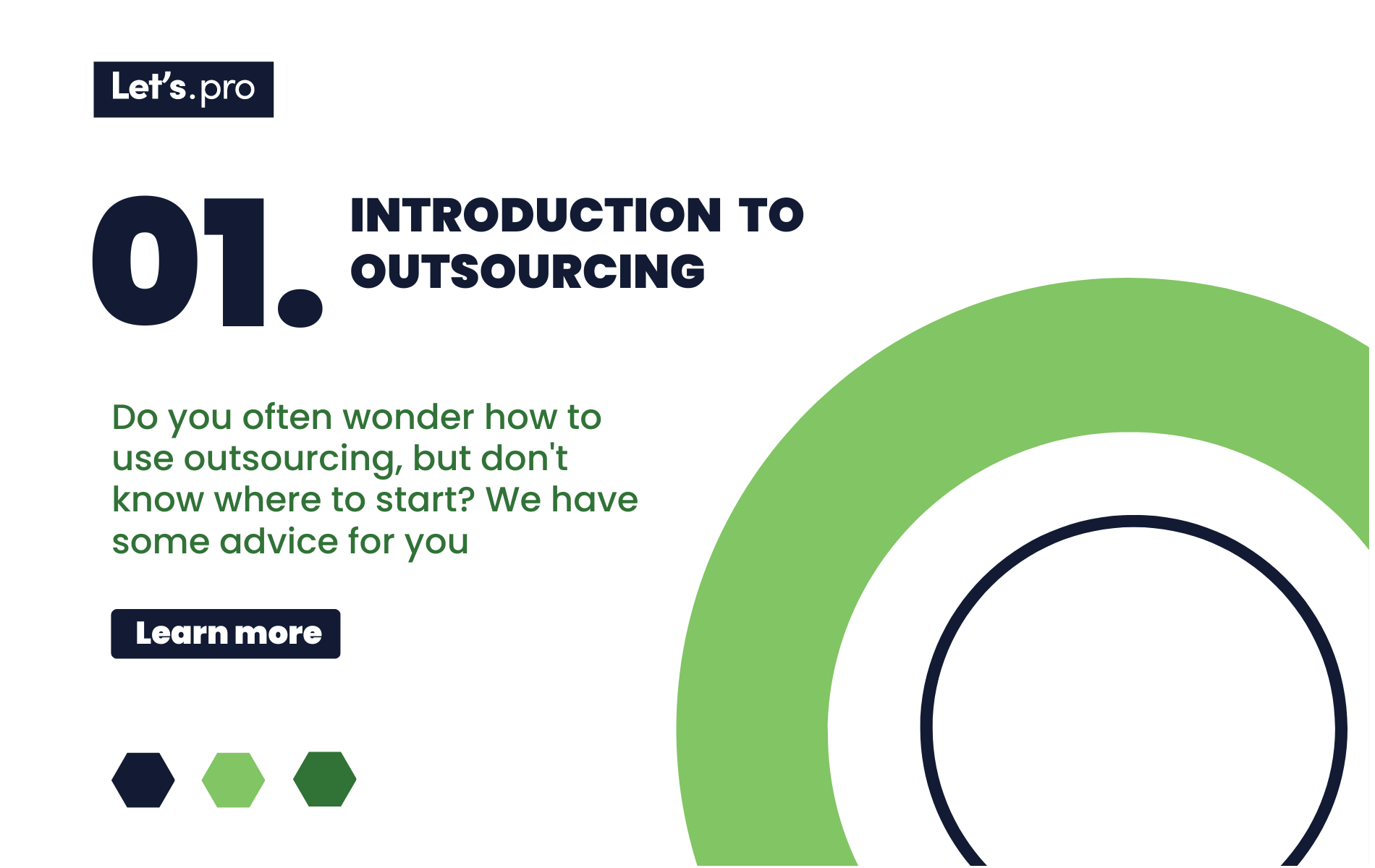Outsourcing has become a buzzword in the business world over the past few decades, transforming how companies operate and strategize. But what is outsourcing exactly, and how can companies, both large and small, implement it effectively? Let’s dive in.
Defining Outsourcing
Outsourcing is the process of delegating certain business tasks or services to an external party or vendor, rather than performing them in-house. This can be done for various reasons such as cost savings, expertise, flexibility, and scalability. Companies can outsource virtually any task, from customer service and IT to manufacturing and marketing.
Benefits of Outsourcing
Cost-Effectiveness: Outsourcing can help reduce costs, especially when tasks are outsourced to countries with lower labor costs.
Access to Expertise: Third-party vendors often specialize in their fields, offering a level of expertise that may be hard to achieve in-house.
Focus on Core Competencies: It allows businesses to focus on their primary tasks and strategic initiatives.
Scalability: Companies can easily scale up or down depending on their needs without the burdens of hiring and training staff or investing in infrastructure.
How to Use Outsourcing in Practice
If you’re considering integrating outsourcing into your business operations, here’s a step-by-step guide:
- Identify the Need: Start by identifying which tasks or services are candidates for outsourcing. Non-core tasks, which are not central to your business model but are necessary for operations, are usually good candidates.
- Research Providers: Look for reputable companies that specialize in the area you’re considering. Read reviews, ask for references, and conduct interviews.
- Evaluate Costs vs. Benefits: While outsourcing can be cheaper, it’s important to consider other factors like the quality of service, potential risks, and the flexibility of the provider.
- Draft a Clear Contract: Once you’ve selected a provider, ensure you have a comprehensive contract that outlines the scope of work, payment terms, confidentiality agreements, and any other crucial details.
- Establish Communication Protocols: Regular communication is key. Set up regular check-ins and updates, and ensure that there are clear channels for feedback.
- Monitor and Evaluate: Keep a close eye on the quality of the work and ensure it meets your standards. Have metrics in place to measure performance.
- Stay Flexible: The needs of your business will change. Ensure that your outsourcing strategy can adapt accordingly.
Common Pitfalls and How to Avoid Them
Poor Communication: Overcome this by setting clear expectations from the outset and maintaining open channels of communication.
Compromised Quality: Research potential vendors thoroughly. Cheap isn’t always best.
Security Risks: Ensure that your vendor follows stringent security protocols, especially if they’re handling sensitive information.
Cultural Differences: Be aware of cultural nuances that could impact service delivery, especially in customer-facing roles.

Conclusion
Outsourcing, when done correctly, can be a strategic tool that offers businesses cost savings, flexibility, and access to specialized expertise. However, it’s essential to approach the process methodically, with clear goals and rigorous monitoring. By understanding the nuances of outsourcing and being proactive in its implementation, businesses can harness its benefits while minimizing potential pitfalls.


